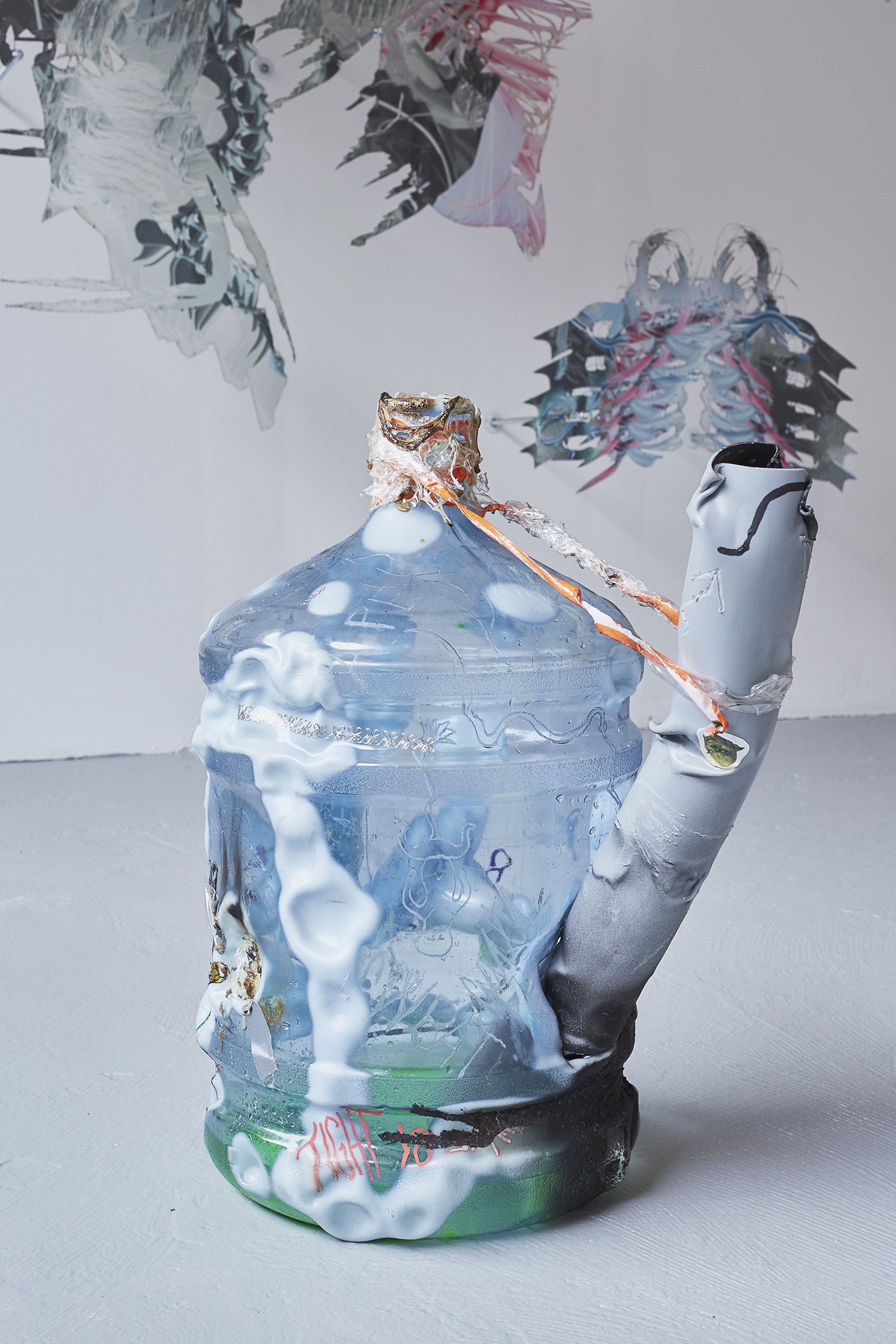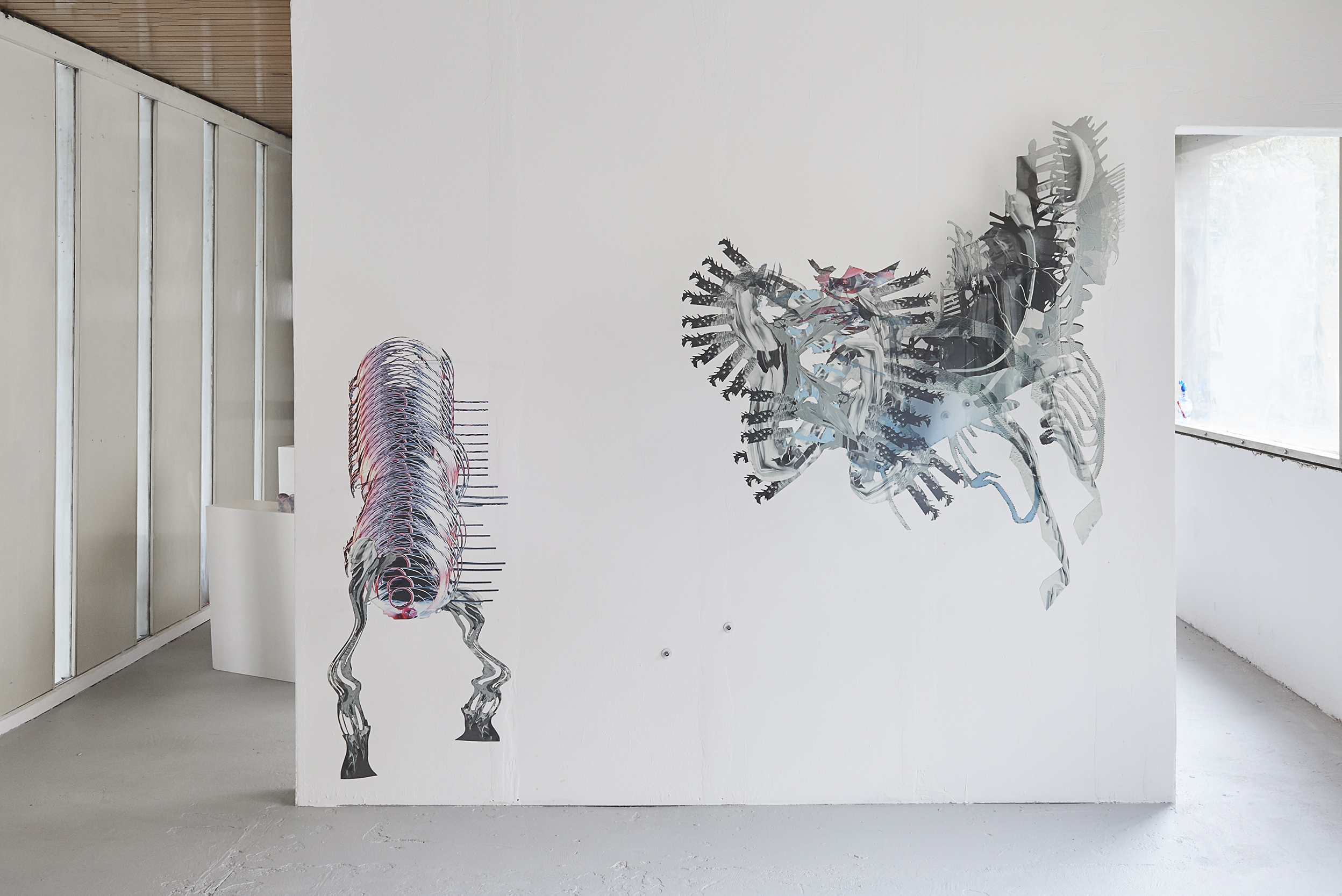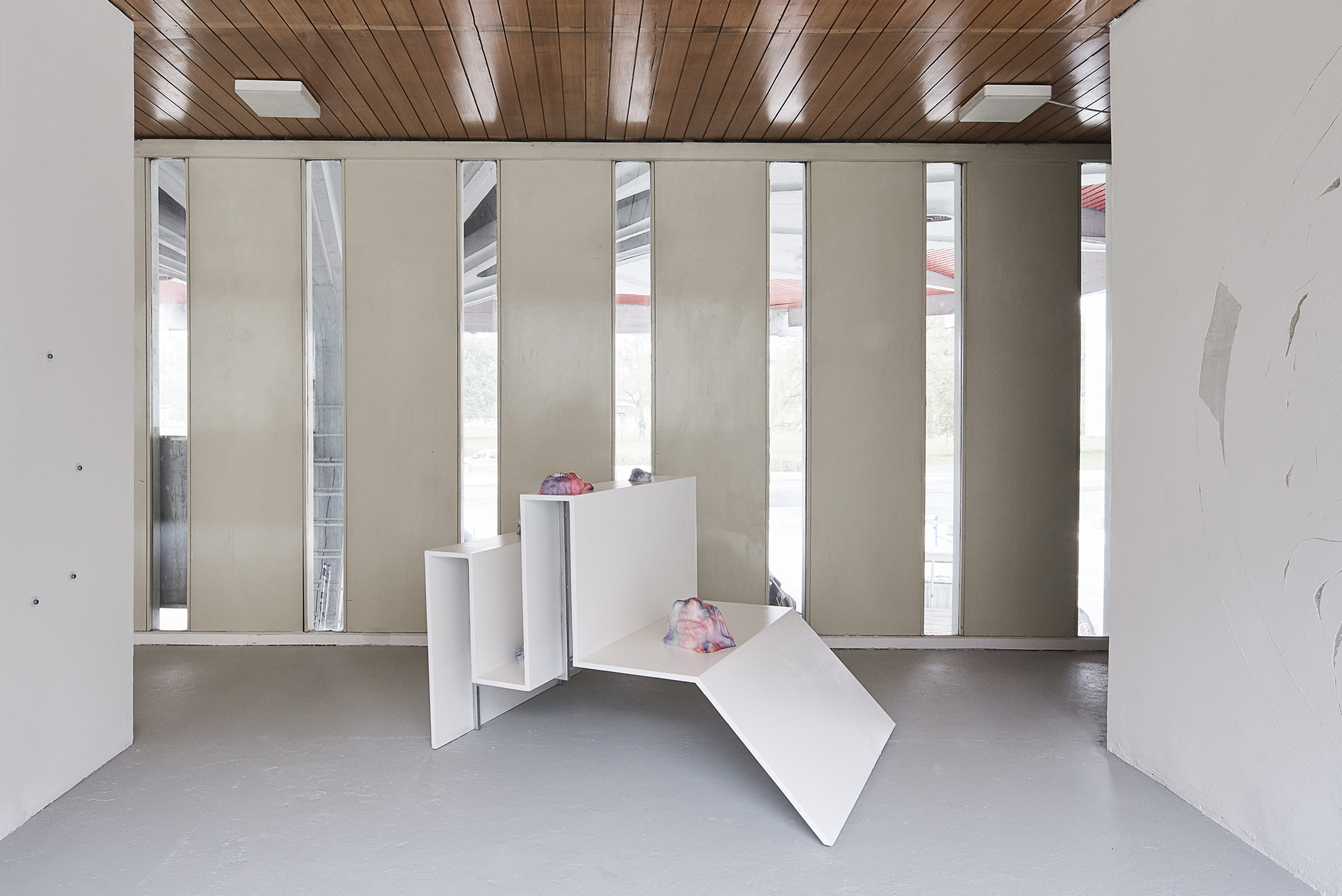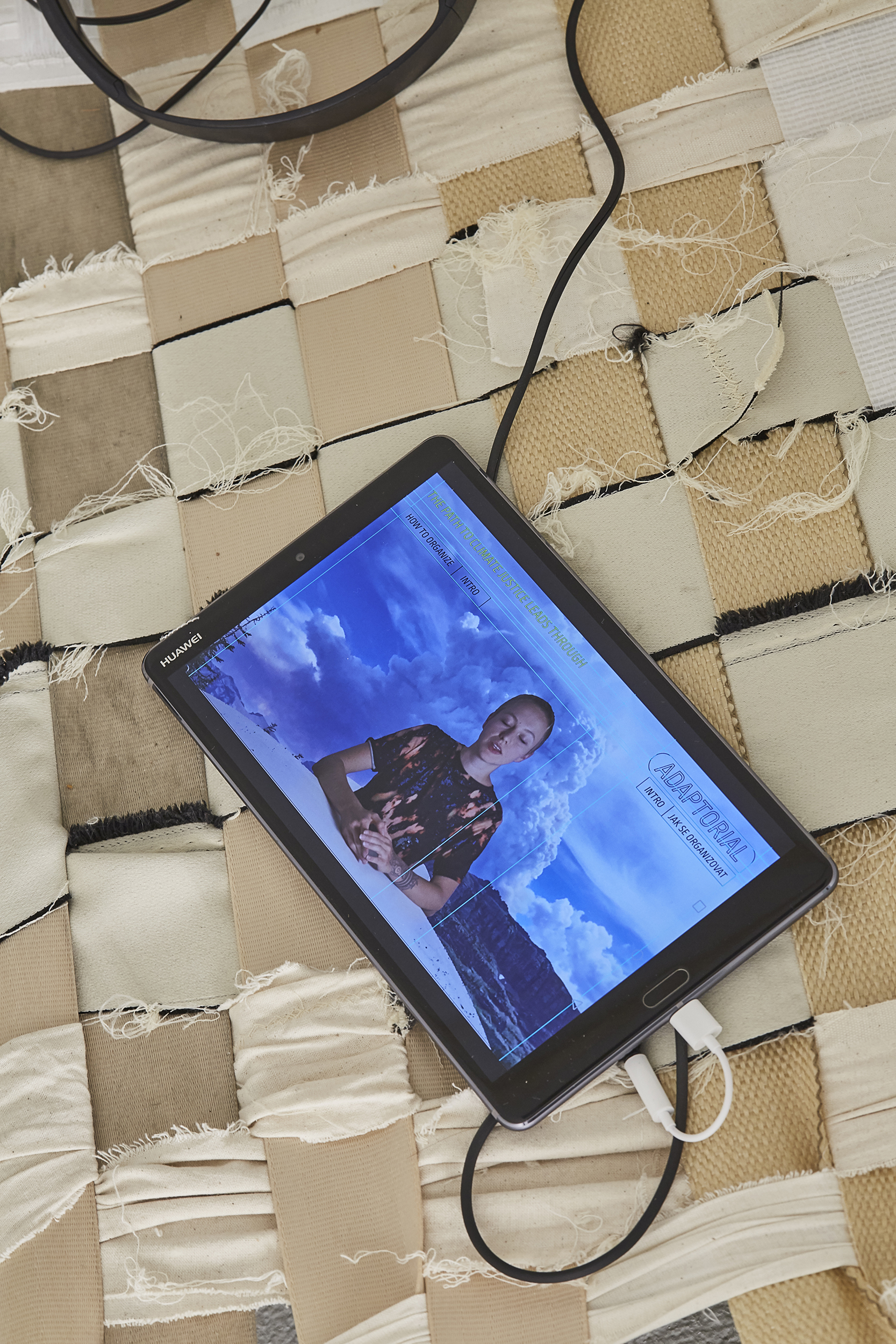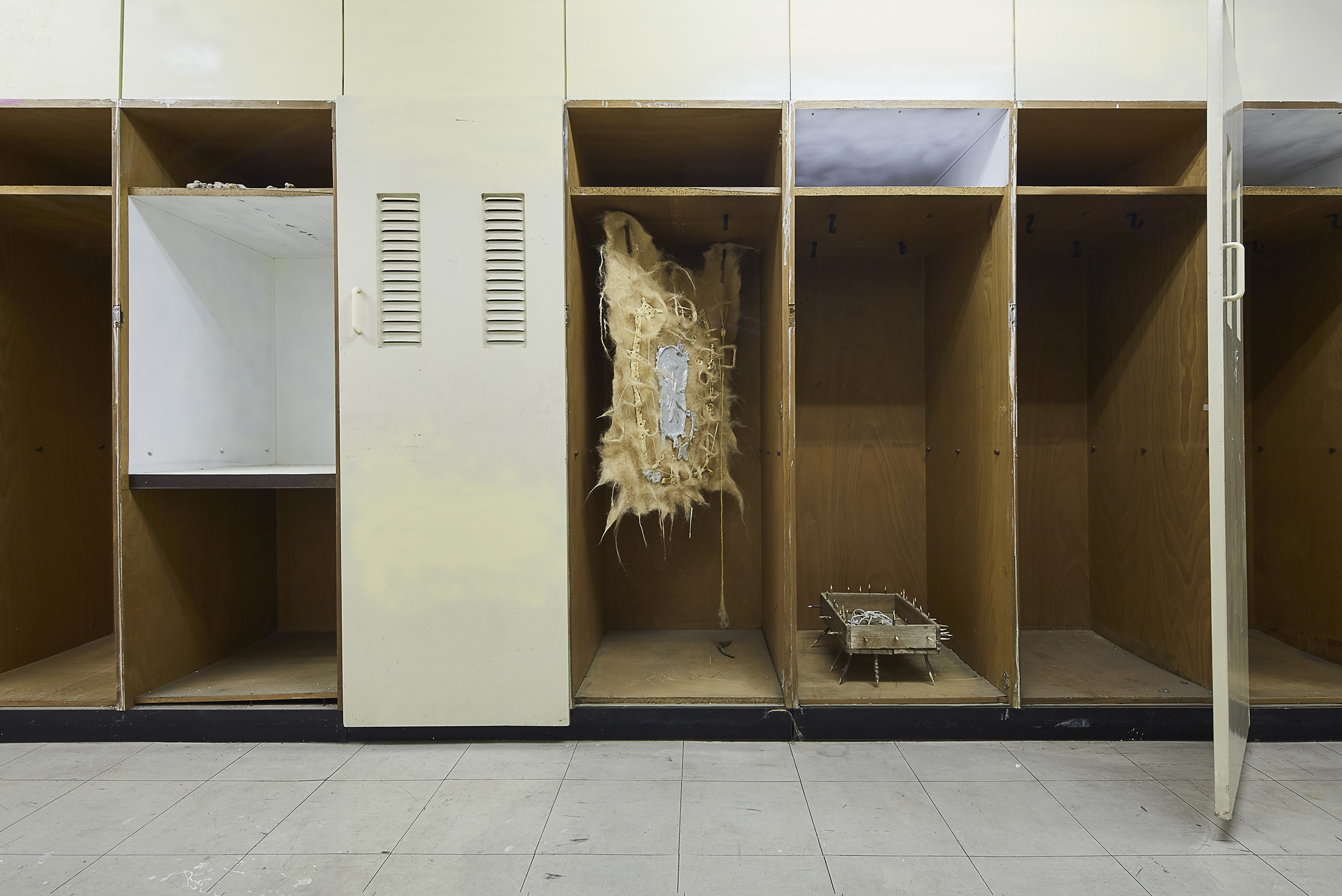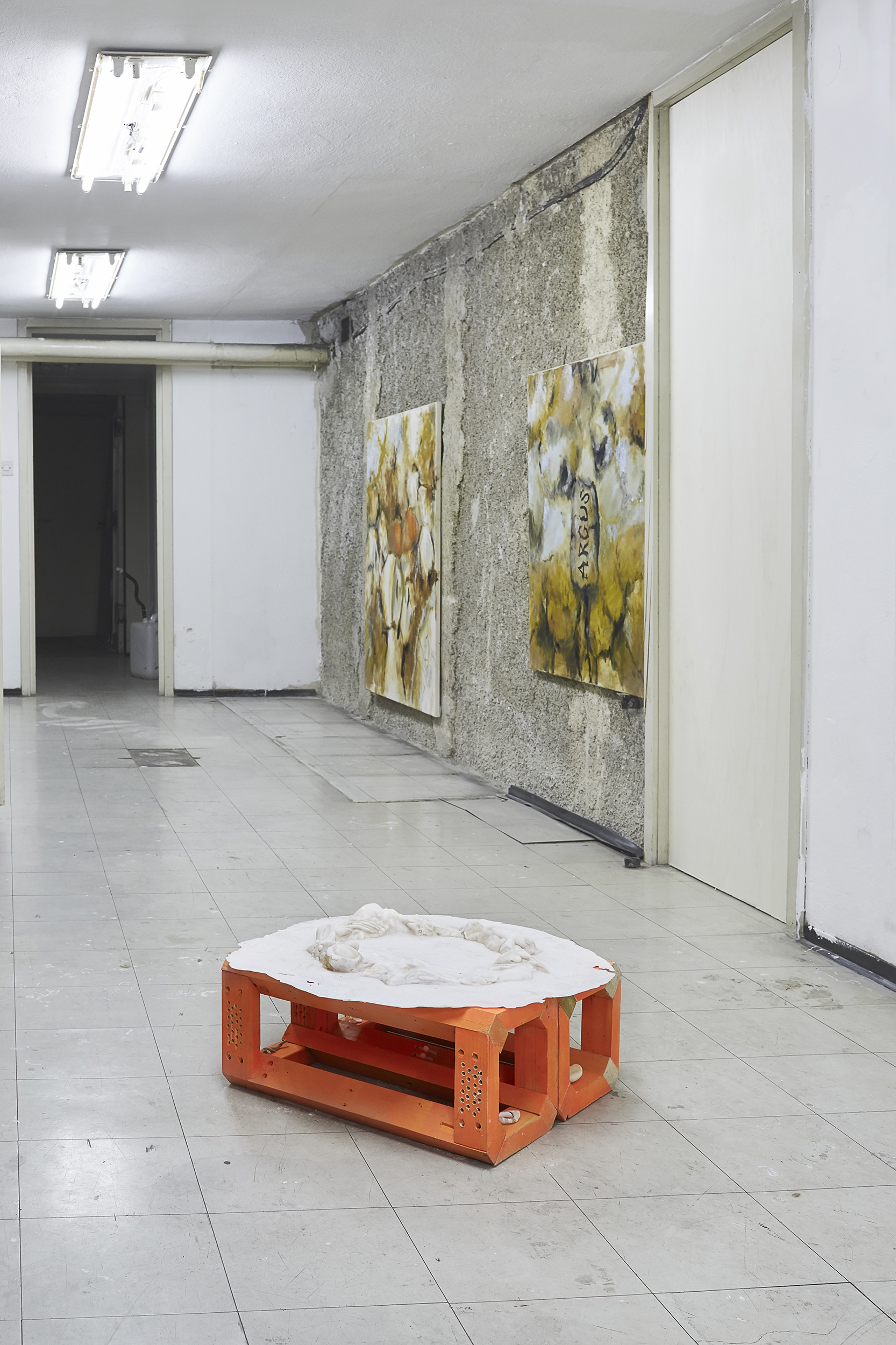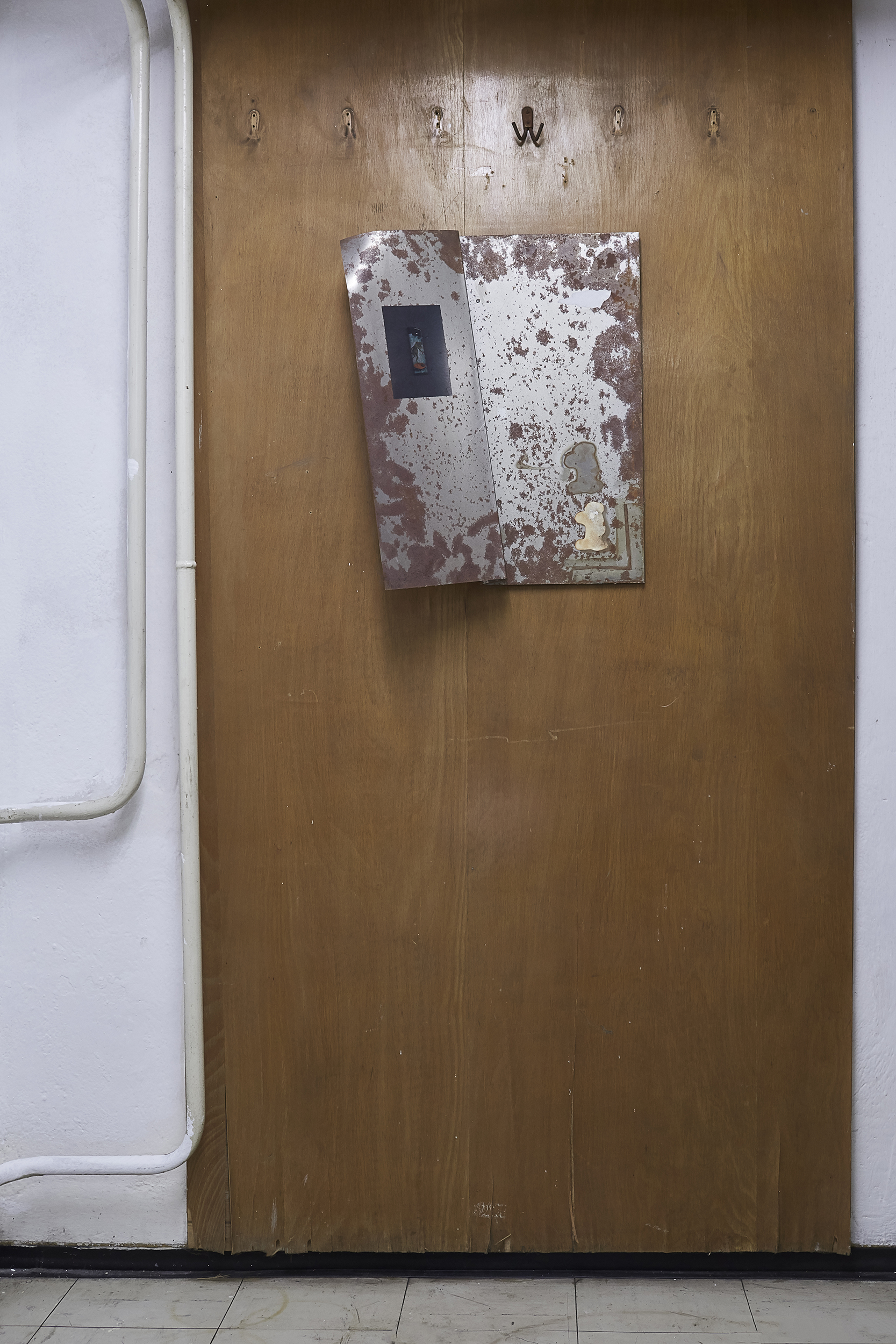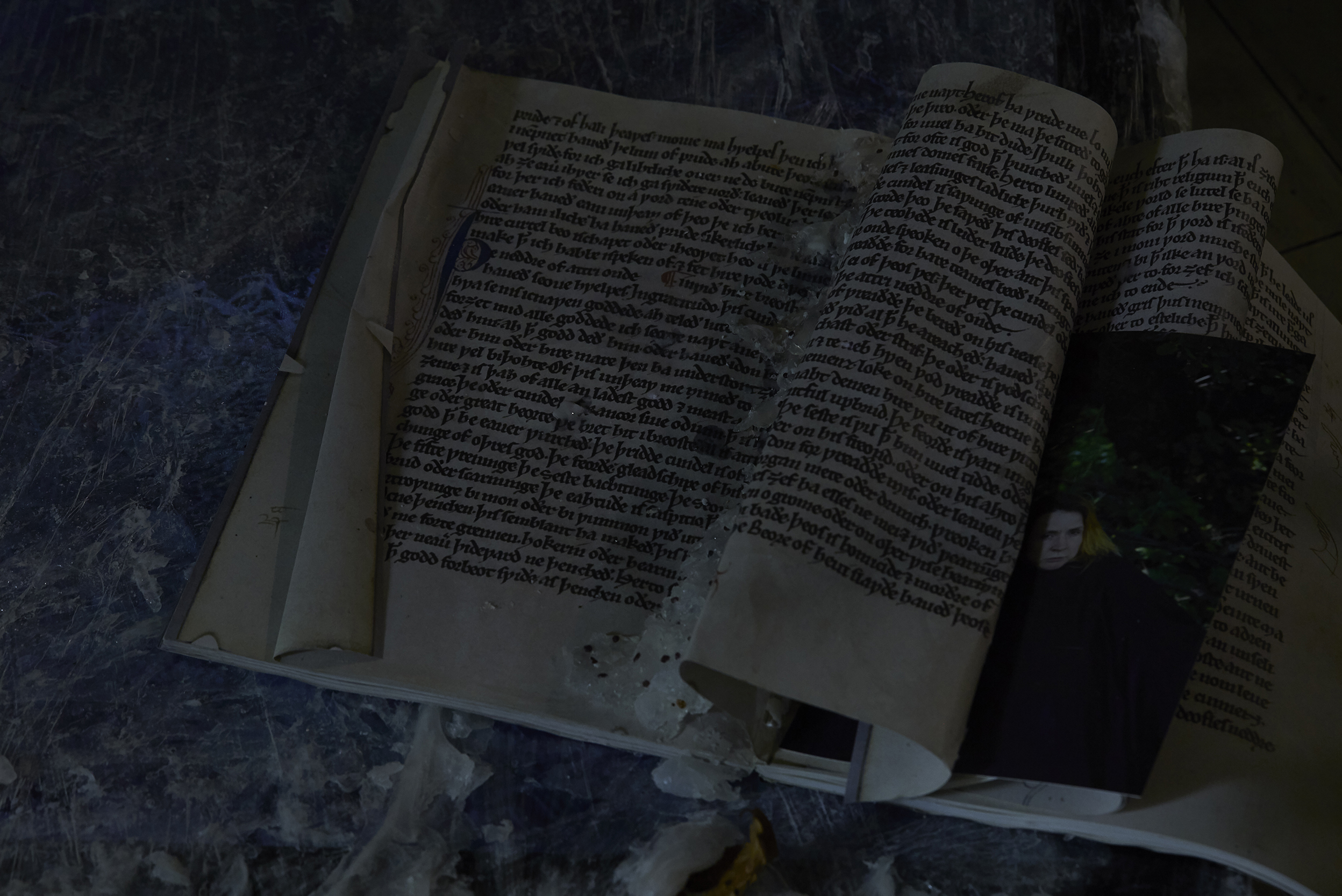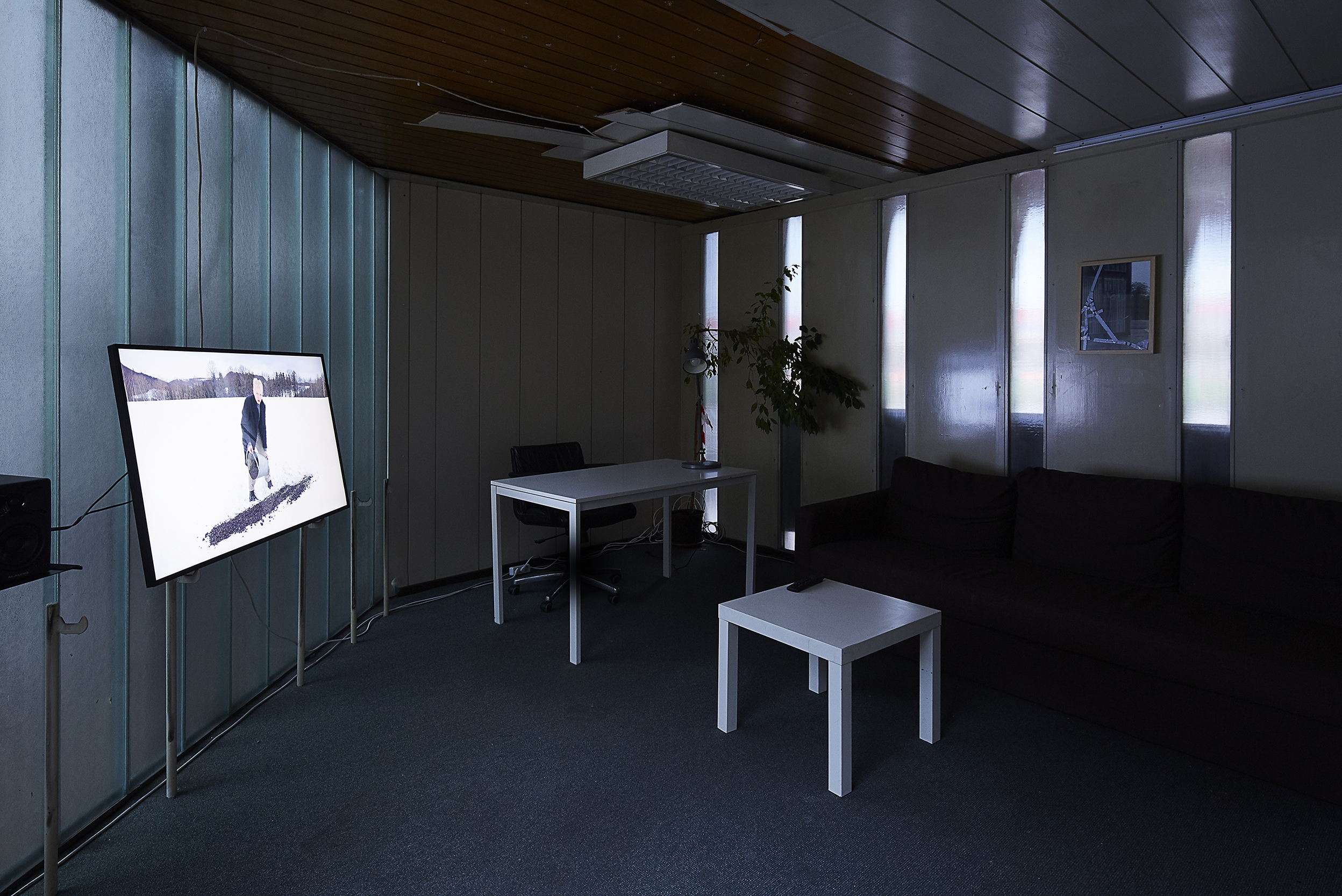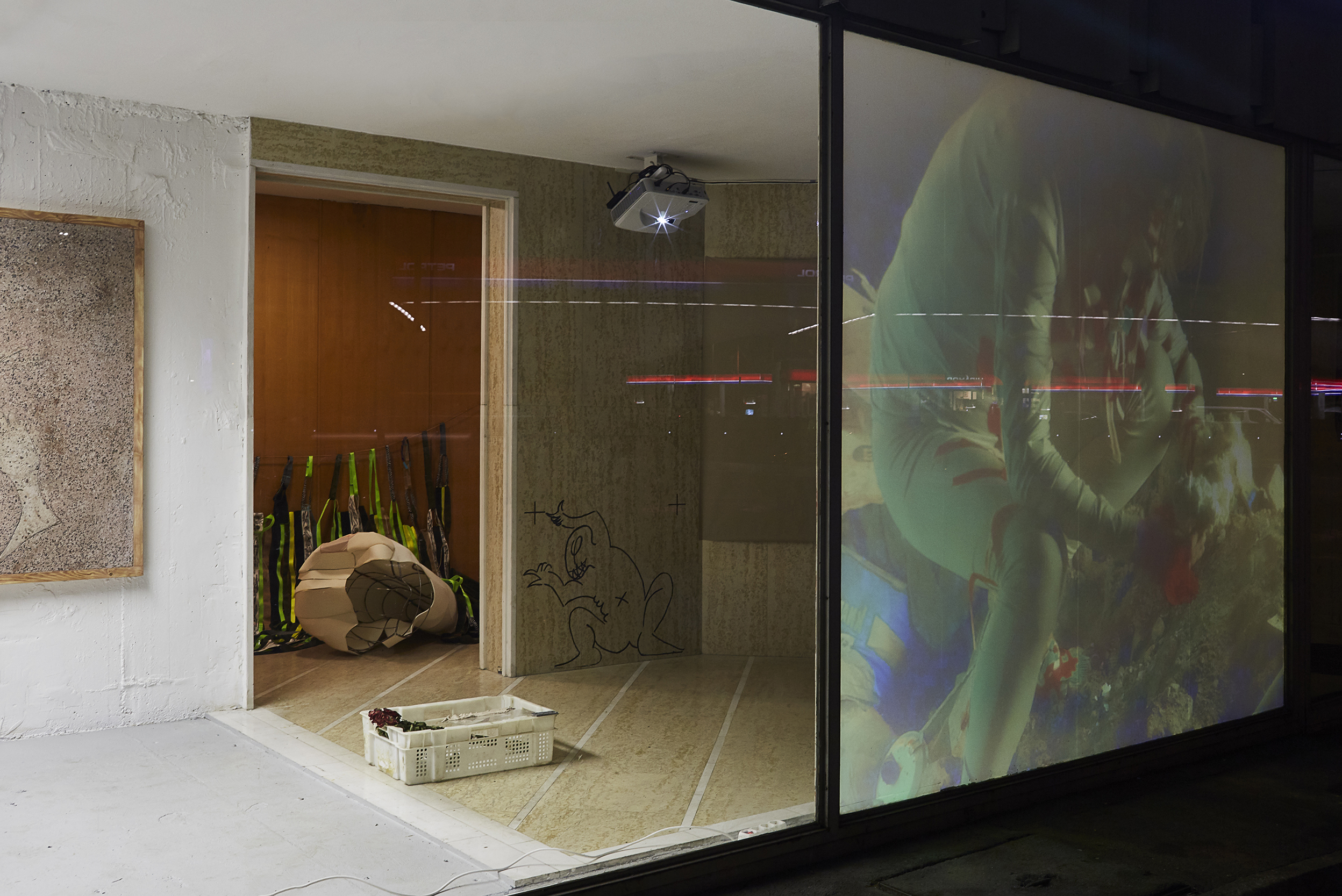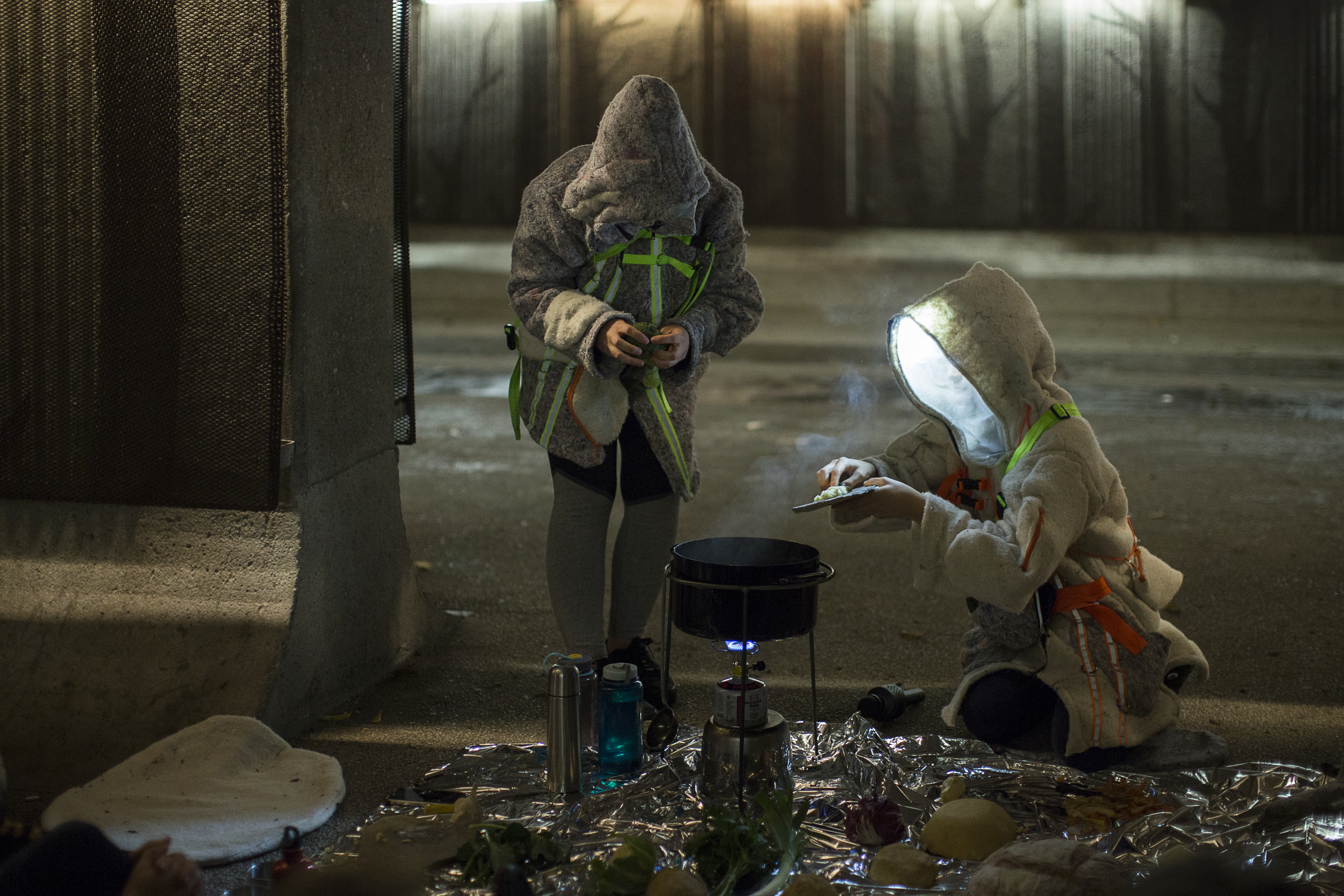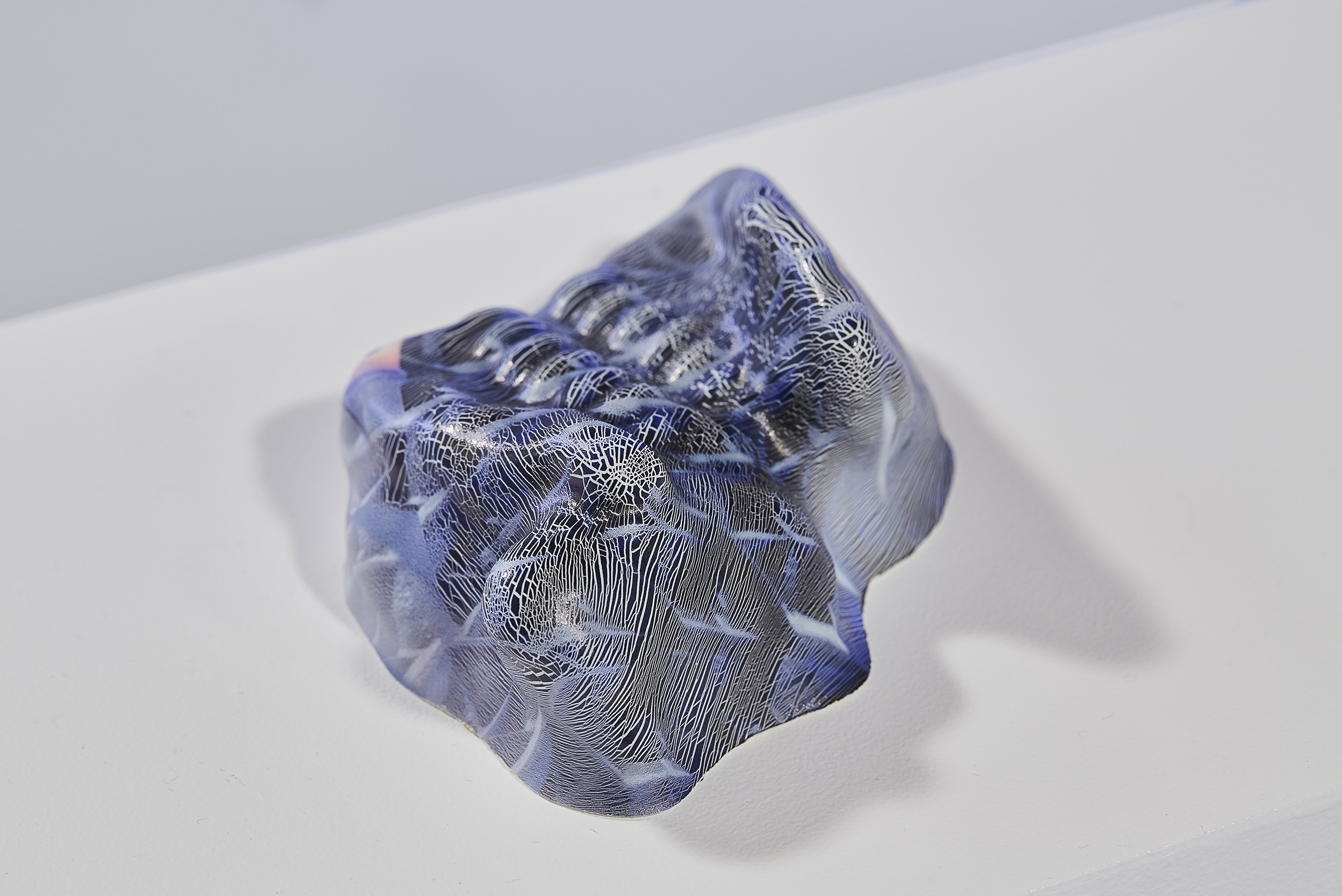Artists: Anna-Marie Berdychová, Klára Čermáková, Viktor Dedek, Lenka Glisníková, Linda Hauerová, Vít Jebavý, Filip Kopecký, Denisa Langrová, StonyTellers, Vojtěch Novák, Olbram Pavlíček, David Střeleček, Adam Vít
Title: Adaptation to the Future
Venue: Fotopub Project Space, Ljubljana, Slovenia
Curators: Edith Jeřábková & Aleksandra Vajd in cooperation with Linda Hauerová, Anetta Mona Chişa and Dušan Josip Smodej
Photo: Lenka Glisníková
8. 11. — 13. 12. 2019
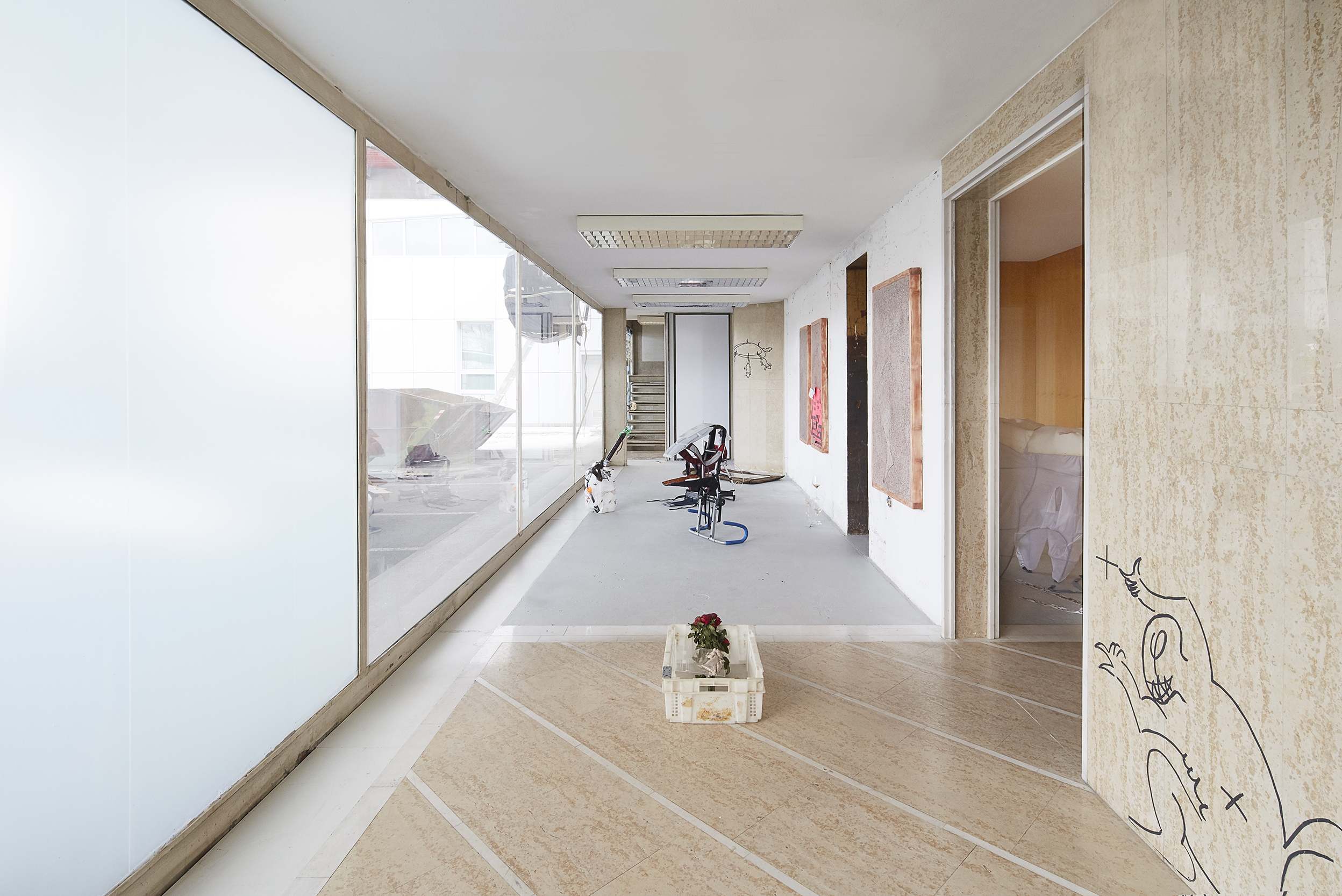
The Academy of Arts, Architecture and Design in Prague (UMPRUM) in collaboration with Fotopub and ŠUM presents an exhibition with works by the students and graduates of the Department of Fine arts curated by Edith Jeřábková & Aleksandra Vajd in cooperation with Linda Hauerová, Anetta Mona Chişa and Dušan Josip Smodej at various locations in Ljubljana city.
Humanity has radically transformed virtually everything on this planet and artists must now ask: what is happening to our trust in the material world as we know it? And how should we perceive and resolve the relationship between this “given” materiality and the materiality of data and information. A new pressure on the material aspect of the artwork repeatedly and urgently forces artists to reconsider their formal decisions in relation to a warming Earth, the ethics of production, transport, and political responsibility.
With the project Adaptation to the Future we want to reflect on how the present generation is building a faith in a future that is being challenged by science, a faith in the relevance of art that, by virtue of its material condition, is a part of human creativity that is awe-inspiring from a cultural perspective but has brought this planet to its current state of incipient collapse. We must also ask how small states such as the Czech Republic and Slovenia view their responsibility for the material commons (and the destructive effects thereof) that they manage, create, consume, liquidate and represent. How to reflect on a local level the impacts of the Anthropocene on both human and non-human spheres. The exhibition features works that interrogate the entire concept of a superior humanity, the dual organisation of things, linear time, material purity, originality, the metric system and a market valuation of objects and things, works that remind us that reality, though not absolute, is the only thing that we as a global society have jointly agreed on.
The exhibition is set in the Fotopub Project Space in Ljubljana, an abandoned Petrol gas station that had been designed as part of a comprehensive project to develop the northern entry to the Ljubljana city center. It was built in 1968 and designed by architect Milan Mihelič, recipient of the Prešeren Award, the highest decoration in the field of artistic creation in Slovenia.
During the setup of the exhibition, the students of UMPRUM organised a series of events in various locations ending in the opening of the exhibition on November 8 with a performance by StonyTellers entitled Globalization Fairy Tale and a performative reading by Domen Ograjenšek and launch of ŠUM Magazine #12 that has been made in collaboration with the project and works as a reader for the exhibition as well.
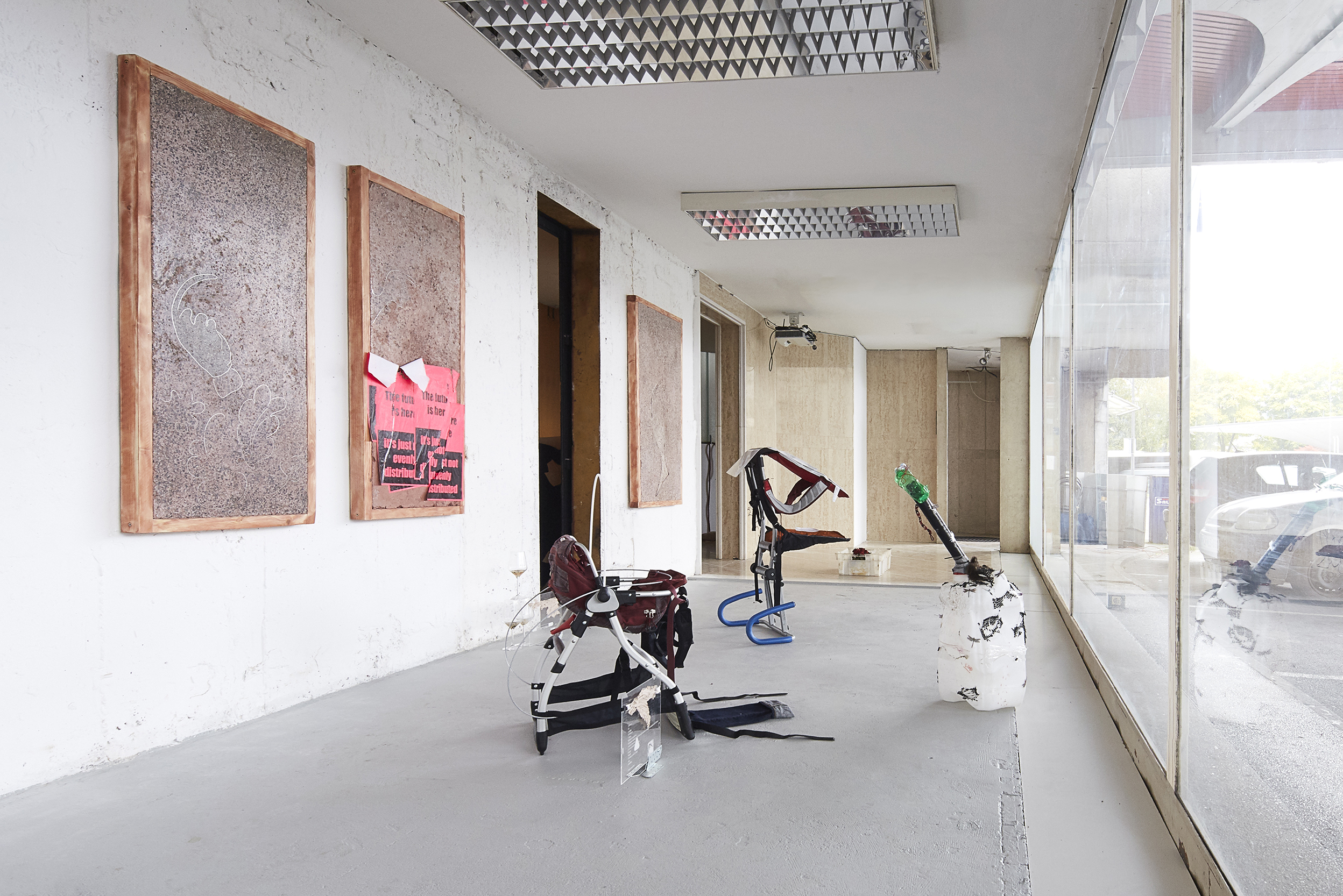
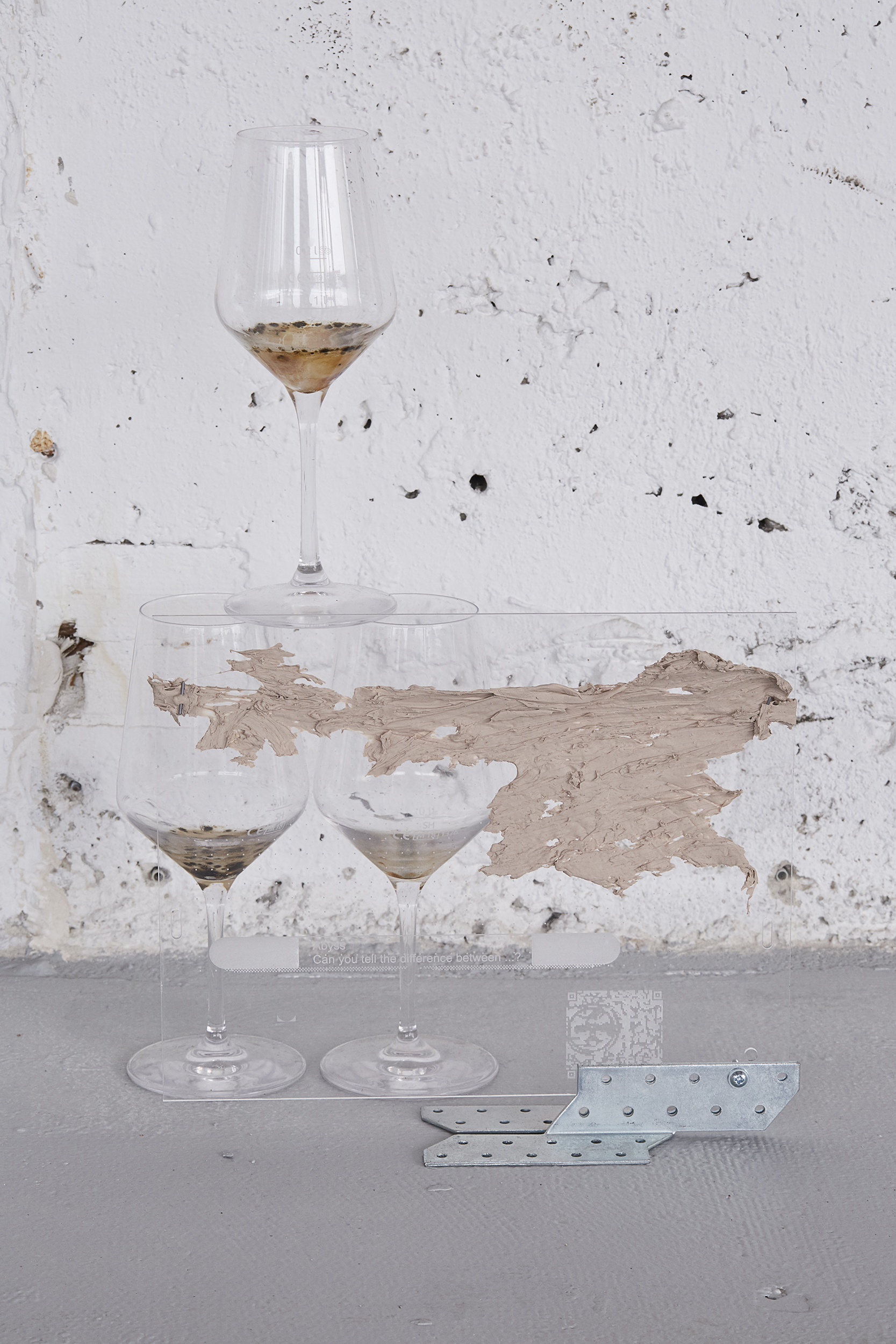
EDITH JEŘÁBKOVÁ is interested in experimental approaches to curatorial work mostly within the field of contemporary art. She is the head of the Sculpture Studio at the Academy of Arts, Architecture, and Design in Prague together with the artist Dominik Lang. In 2012, she co-founded the collective Are are-events.org (2012–present) and, in 2018, she co-founded the Institute of Anxiety. From 2010 to 2012, Jeřábková worked at the Academic Research Centre of the Academy of Fine Arts in Prague on the project Islands of Resistance. Between the First and Second Modernity 1985–2012, exhibited at the National Gallery in Prague. She also worked as a head curator at the Fotograf Gallery and as a deputy director at the Museum of Modern Art Klatovy/Klenová. In 2018, she was awarded the Igor Zabel Award for Culture and Theory, which acknowledges the exceptional achievements of cultural protagonists whose work supports, develops or investigates visual art and culture in Central, Eastern and South-Eastern Europe.
ALEKSANDRA VAJD studied photography at the Film and Television School of the Academy of Performing Arts in Prague (FAMU) and at the State University of New York at New Paltz. In 2008, she was awarded the degree of associate professor at the Academy of Fine Arts and Design in Ljubljana, Slovenia. From 2005 to 2015, she predominantly worked in collaboration with the Czech photographer Hynek Alt. Since 2008 she heads the Department of Photography at the Academy of Arts, Architecture and Design (UMPRUM) in Prague and as well she teaches Seminar on Theory of Photography at A.V.A. Ljubljana, Slovenia. She lives and works in Prague, Czech Republic and Ljubljana, Slovenia.
UMPRUM – the Academy of Arts, Architecture and Design in Prague (founded in 1885) is divided into the departments of architecture, design, fine arts, applied arts, graphic and theory and history of art. Each department is divided into studios according to their specific area. The academy offers to about 600 students 25 studios. Heads of the studios are outstanding representatives of the Czech cultural scene. Each year the academy organizes over 15 exhibitions, half of which are shown abroad.
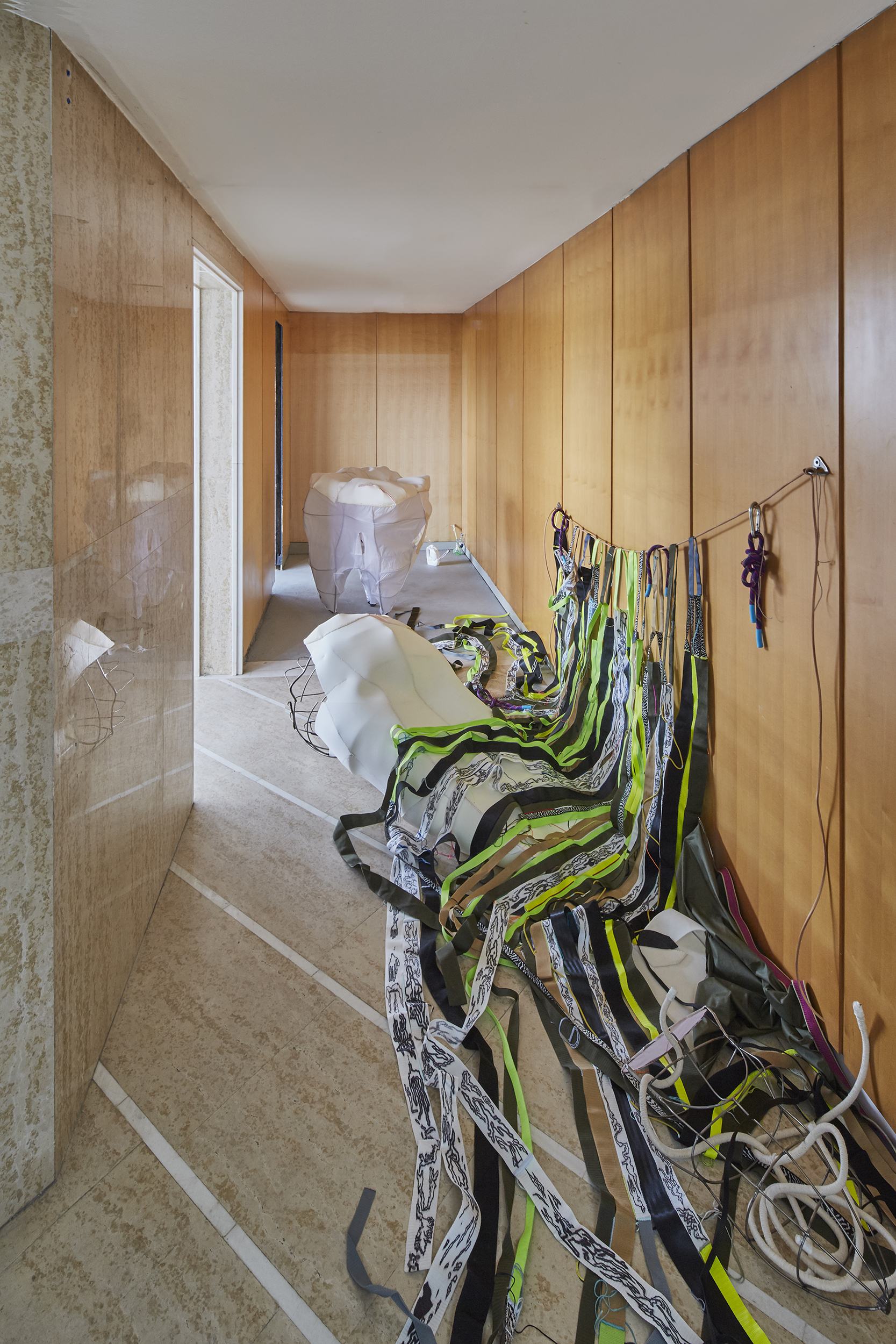
We initiated this issue of the journal ŠUM as curators of the exhibition of the Department of Fine Arts at the Academy of Arts, Architecture and Design in Prague. The department brings together four studios teaching contemporary art that retain a more traditional separation of media, but view this approach as more a starting point than an article of faith. The studios are those of photography, painting, sculpture and intermedial confrontation. There is also a fifth studio for visiting, mainly foreign, teachers. The Department of Fine Arts, and indeed the entire Academy, endeavours to apply a studio-transverse, interdisciplinary approach, and one of the forms of this cooperation is the presentation of its students abroad. The original plan was to organise an exhibition as part of this year’s Venice Biennale. However, upon learning of the conditions for participation, the department rejected this plan for economic, ethical and ecological reasons. It opted instead for the closer and more meaningful context of several exhibition projects taking place in Ljubljana. Our aim was to link up the activities of institutions operating in Ljubljana, the Czech academic and art scene, and our particular interests and intentions. We would like to offer our warmest thanks to everyone who worked on the project for making this synergy possible.
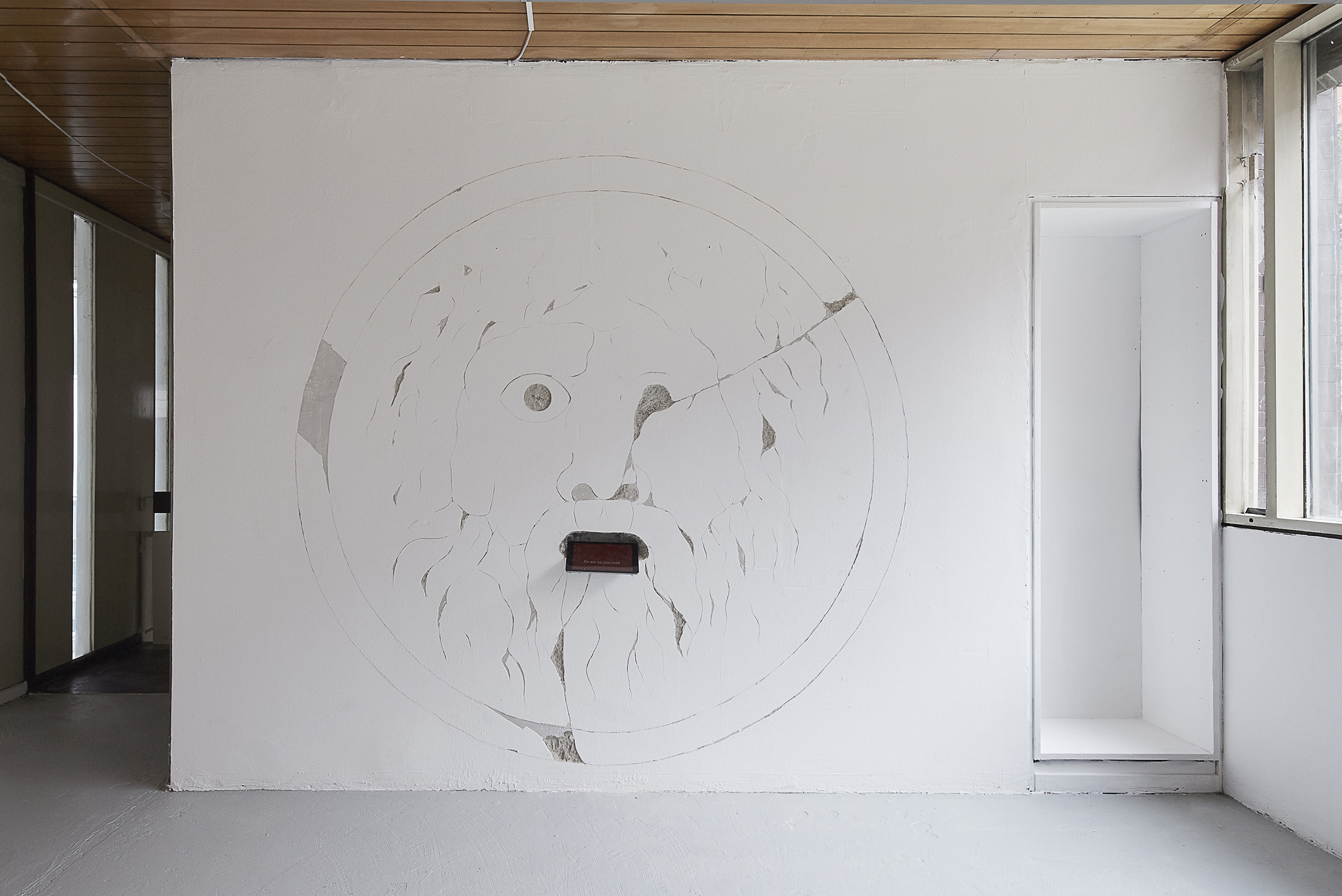
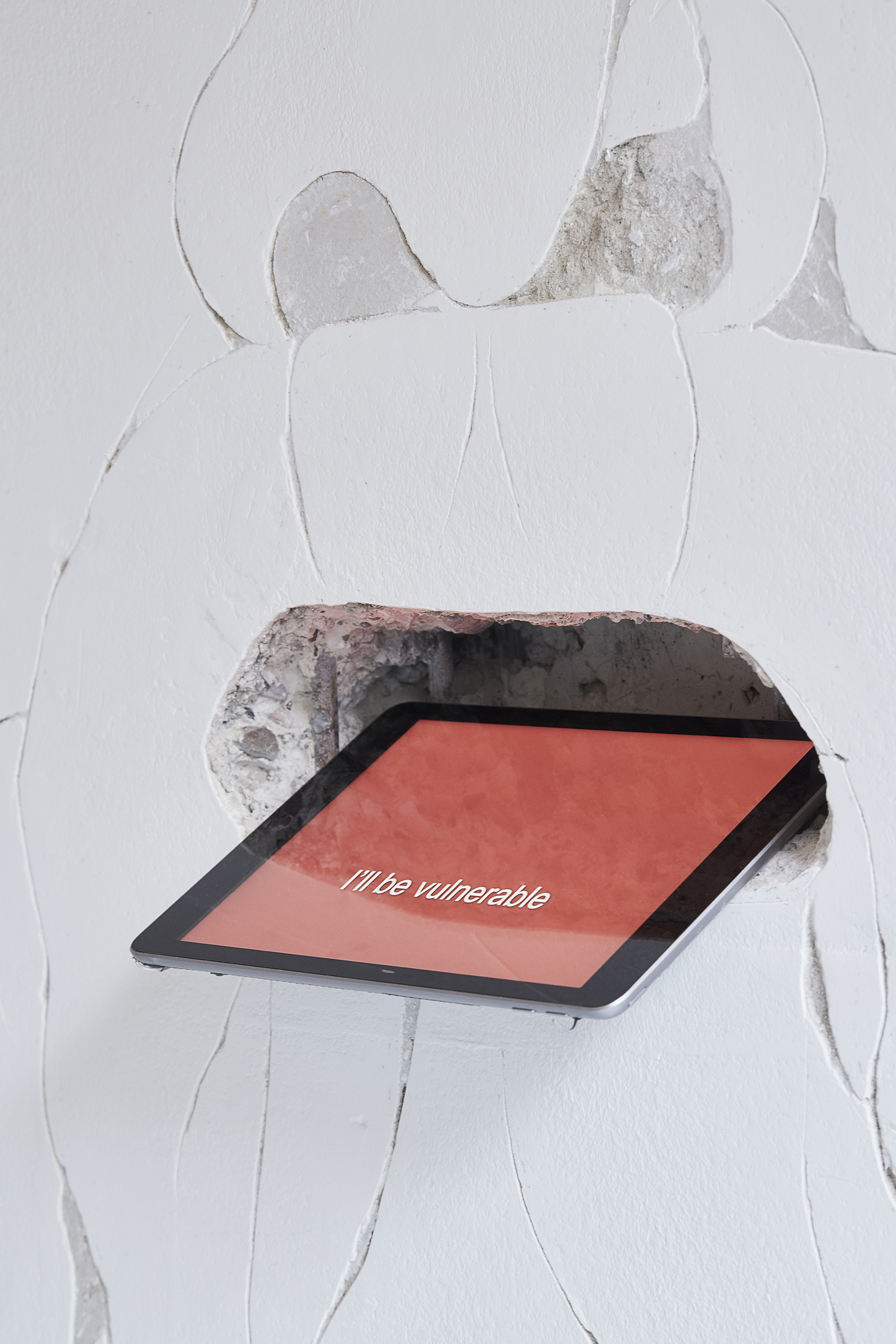
ADAPTATION
It is not that long ago that space travel and the establishment of settlements on new planets represented the pinnacle of human progress. These days we perceive such fantasies as the most conservative attempts to maintain the world order of that time and as the continuation of the grand narrative of colonisation. What we now regard as progressive are models for sustainable existence on Earth, an existence that will in all likelihood involve hybrid biological, technological communities and the transfer of part of humanity into virtual reality. The experience of our corporeality would appear to be increasingly conscious and there exist prognoses and new technologies intended to enable people to live outside the physical body, be this for health, mental, gender, political, climatic or other reasons. All these options require that we prepare for adaptation to a world regarding which we have distinctly mixed feelings and vague intuitions, even though we ourselves are part of this transformation. The current demand that we adapt to a future regarding which we have little knowledge asks that we display greater imagination. At the same time our fear of the unknown leads to a desire to slow down the process of survival, exodus, transformation and hybridisation of the human race. This deceleration requires active participation in political events and an activist input into the decision-making processes of the power elites.
DISOBEDIENCE AND ETHICAL TRANSMATERIALITY
Humanity has radically transformed virtually everything on this planet and artists must now ask: what is happening to our trust in the material world as we know it? And how should we perceive and resolve the relationship between this “given” materiality and the materiality of data and information. A new pressure on the material aspect of the artwork repeatedly and urgently forces artists to reconsider their formal decisions in relation to a warming Earth, the ethics of production, transport, and political responsibility. An ethical transmaterial understanding of the world is a way of navigating between two strategies that have traditionally been in confrontation with each other, between adaptation and disobedience. At present, however, these strategies must be applied on an interconnected basis and understood progressively given the advanced diagnosis of life on Earth. We must understand, observe and use matter in its transformations and in the ethical consequences of these changes and mutations. We need to know when it is better to hybridise, recycle, upcycle, materialise or dematerialise, when to be radical and when to adapt, when to seek objectivity and when, on the contrary, a subjective approach combined with intuition can throw up unexpected solutions, when to advocate localism and when this is no longer sufficient.
Contemporary humankind is obliged to experience techno-optimism and ecological grief simultaneously, to live the present and fear the future. It is for this reason that research, criticism and work on climate change, technology and informatics must be conducted on an integrated basis. Digital technology and its omnipresence has a huge influence, not only on all cultural practices, but also on the creation of new platforms for artistic media, on the creation of fibres between existing disciplines, and also on the displacement of the boundaries of individual media resulting in the formation of new clusters. Paradoxically, digitisation leads to the spread of new material conditions. At a time when our experience of cultural artefacts is often physically eliminated by digitalisation and virtualisation, it is of paramount importance that we engage with praxis, politics, and the consequences of the re-materialisation of artistic tendencies.
We want to reflect on how the present generation is building a faith in a future that is being challenged by science, a faith in the relevance of art that, by virtue of its material condition, is a part of human creativity that is awe-inspiring from a cultural perspective but has brought this planet to its current state of incipient collapse. We must also ask how small states such as the Czech Republic and Slovenia view their responsibility for the material commons (and the destructive effects thereof) that they manage, create, consume, liquidate and represent. How to reflect on a local level the impacts of the Anthropocene on both human and non-human spheres. The exhibition will feature works that interrogate the entire concept of a superior humanity, the dual organisation of things, linear time, material purity, originality, the metric system and a market valuation of objects and things, works that remind us that reality is not absolute but it is the only thing that we as a global society have jointly agreed on.
Text by Edith Jeřábková & Aleksandra Vajd
